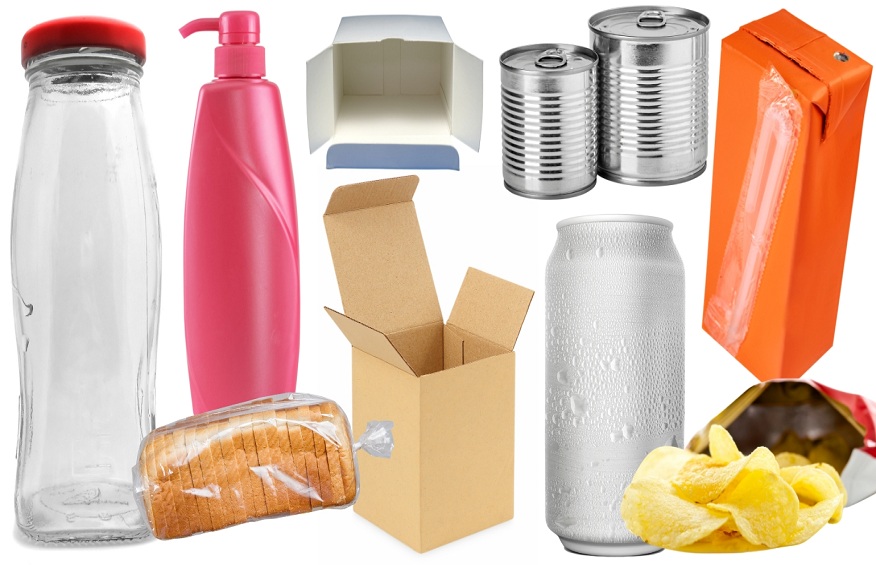As the world becomes more conscious of the impact of plastic waste on the environment, it is becoming increasingly important to find alternatives to traditional packaging materials. One such alternative is biodegradable packaging materials, which have numerous benefits over their plastic counterparts. In this article, we will explore the benefits of using biodegradable packaging materials for food and where to find them in the UAE.
What are Biodegradable Packaging Materials?
Biodegradable packaging materials are those that can be broken down naturally by microorganisms and other environmental factors. They are typically made from natural materials such as plant-based fibers, cornstarch, or other compostable materials. Biodegradable packaging can take several forms, including bags, containers, and wraps, and can be used for a variety of purposes, including food packaging.
The Benefits of Biodegradable Packaging Materials for Food
1. Reduced Environmental Impact
Perhaps the most significant benefit of biodegradable packaging materials or eco friendly food packaging wholesale is their reduced environmental impact. Traditional plastic packaging materials can take hundreds of years to decompose, leading to pollution and damage to natural habitats. Biodegradable packaging, on the other hand, breaks down quickly and naturally, leaving behind little to no environmental impact.
2. Increased Sustainability
Biodegradable packaging materials are made from renewable resources such as plant fibers, making them a more sustainable option than traditional plastic packaging. They are also compostable, meaning they can be returned to the earth and used to nourish new plants and crops.
3. Improved Food Safety
Biodegradable packaging materials by food packaging suppliers in uae are often made from natural materials that do not contain harmful chemicals or toxins. This makes them a safer option for storing and transporting food, as there is less risk of contamination or chemical leaching.
4. Versatile Use
Biodegradable packaging can be used for a variety of food products, from fresh produce to baked goods and frozen meals. They can also come in different sizes and shapes to suit various packaging needs.
The need for biodegradable food packaging is becoming more and more apparent as the global population continues to grow and individuals strive to make eco-friendly choices. As a result, many companies are making the switch to renewable and sustainable materials for food packaging. With so many options available, deciding which material is the best fit for your business can be a daunting task. Below are some key considerations when choosing biodegradable food packaging.
When it comes to selecting a biodegradable material, one of the most important factors to consider is its compostability. This is the ability of a material to break down into harmless substances or be recycled back into nature. Some materials, such as paper and cardboard, are highly compostable, while others, such as plastics and polystyrene, are not. It is important to research the compostability of a material before making a decision.
Durability: Another important factor is the durability of the packaging material. The stronger and more durable the material, the longer it will last and the less likely it is to cause problems during storage and transportation. Consider investing in materials that provide excellent protection while still being environmentally friendly.
Intended Use
When choosing biodegradable packaging, the first step is to consider the end product and its intended use. Different materials will provide different levels of protection and durability so you need to make sure that whatever you choose is appropriate for your product. You also want to ensure that your packaging is attractive and appealing, as this can be one of the deciding factors for customers when purchasing products.
5. Product evaluation
All packaging must serve both its primary purpose of protecting the product and secondary purposes such as maintaining product quality, providing information, and creating an attractive appearance. For biodegradable packaging, the primary goal should be to find a product that is made from renewable or recyclable materials, minimizes environmental impacts, and maximizes its functionality.
6. Material
Once the product has been evaluated, it’s time to consider what type of material will be used for the packaging. Different types of materials have different advantages and disadvantages when it comes to biodegradable packaging. For example, polylactic acid (PLA) is a bioplastic that is derived from renewable sources such maize and sugarcane and is completely compostable. However, PLA is not temperature resistant and may not be suitable for certain food applications. On the other hand, bamboo pulp is a great option for food applications as it is heat resistant and renewable, but it is not compostable. Evaluating the product needs, including transportation, climate, and storage conditions, is necessary to determine which material is best suited for your application.
In addition to the material, there are a few other factors that need to be taken into consideration when selecting biodegradable packaging. For example, the size, shape, and design of the package are key components to think about. Packaging designs that are simple, sleek, and aesthetically pleasing are essential for enhancing the product appeal. Another factor to bear in mind is the cost of the package, as biodegradable packaging can be expensive due to the premium materials that are used. Therefore, it is important to consider the cost-benefit balance for each package option before selecting the best option.
Finally, it is essential that the biodegradable packaging is sustainable. This means that the package should be made from renewable or recyclable materials and should also be able to be recycled or composted after use. The packaging should also meet local
Conclusion
Biodegradable packaging is a type of packaging that can be broken down into natural elements by microorganisms over a period of time. It is usually made of materials such as paper, cardboard, and plant-based plastics, which can be decomposed back into their original components by microorganisms in soil or water.The use of biodegradable packaging materials for food has numerous benefits, including reduced environmental impact, increased sustainability, improved food safety, and versatile use. Biodegradable packaging materials offer numerous benefits over traditional plastic packaging, including reduced environmental impact, increased sustainability,

